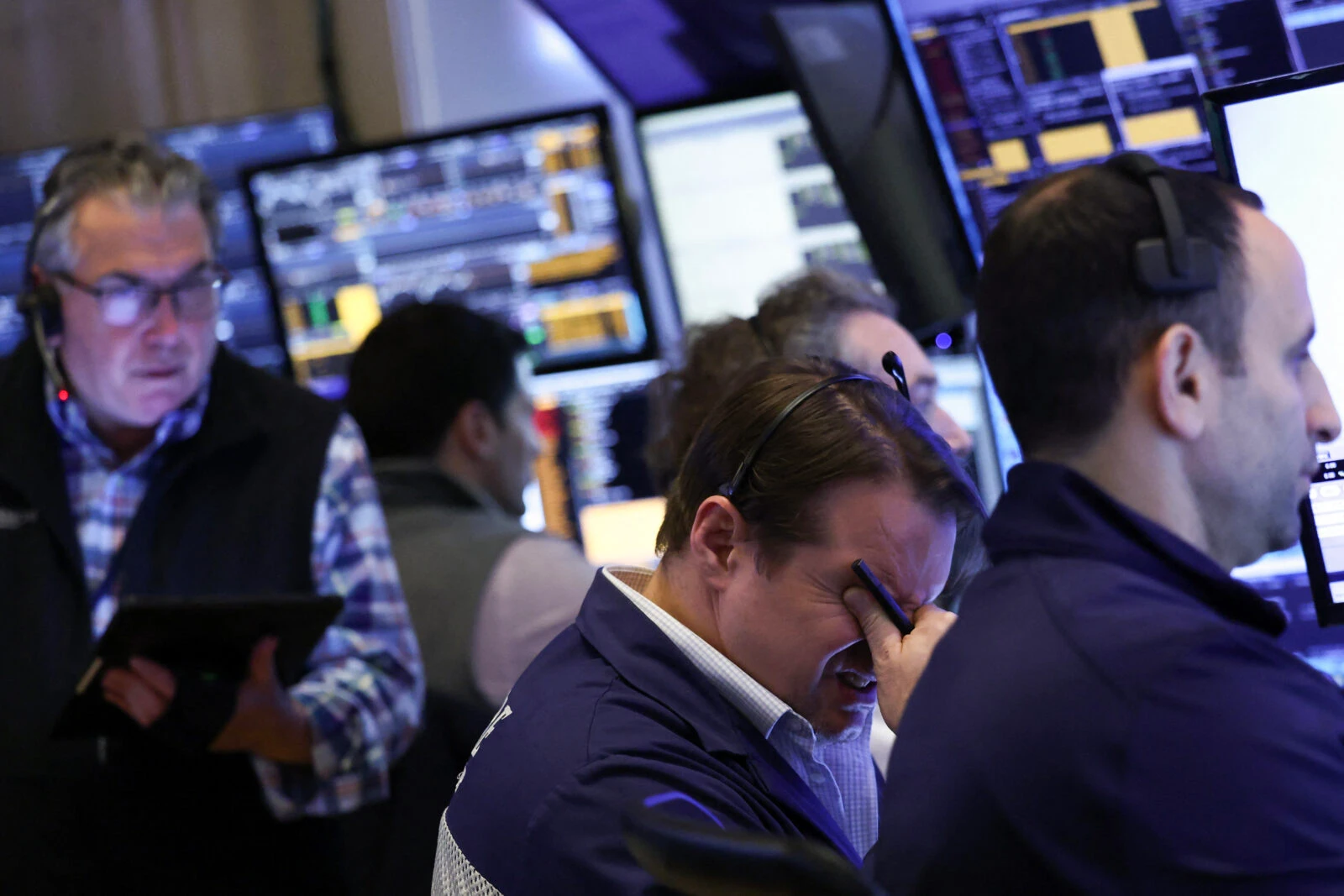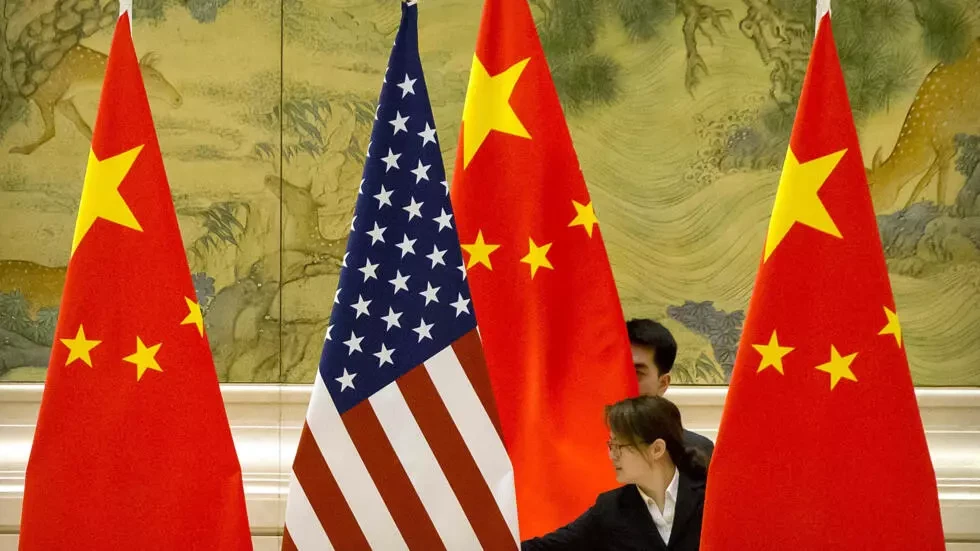China’s countermeasures intensify US stock losses, extending sell-off wave
 A trader works at his desk on the floor of the New York Stock Exchange (NYSE) at the opening bell in New York City on April 1, 2025. (AFP Photo)
A trader works at his desk on the floor of the New York Stock Exchange (NYSE) at the opening bell in New York City on April 1, 2025. (AFP Photo)
U.S. stocks extended their deep bleeding at the opening bell Friday, as investors overlooked strong job figures and instead focused on escalating trade tensions following China’s swift response to President Donald Trump’s tariffs on global imports.
All three major indices were stuck in the red, pointing to another brutal session after the S&P 500 on Thursday experienced its largest drop since 2020, following Trump’s sweeping “Liberation Day” tariff announcement on Wednesday.
About 15 minutes into trading, the broad-based S&P 500 was down 3.2% at 5,223.19.

The Dow Jones Industrial Average slumped 2.8% to 39,412.00, while the tech-rich Nasdaq Composite Index tumbled 3.6% to 15,949.93.
Wall Street had endured its worst day since the early COVID-19 pandemic on Thursday, with the S&P 500 dropping 4.8%, the Nasdaq sinking 6.0%, and the Dow Jones falling 4.0%, while the dollar weakened against major currencies.
According to the financial markets platform Watcher Guru, more than $1.5 trillion was wiped from the U.S. stock market at Friday’s open, following over $2 trillion in outflows from the S&P 500 index the previous day.
Positive job growth overshadowed
The U.S. economy added 228,000 jobs last month, much more than analysts anticipated and significantly above February’s revised 117,000 figure, said the Department of Labor.
But markets fixated on China’s announcement that it was imposing 34% tariffs on U.S. imports while also enacting export controls on seven rare earth elements. Meanwhile, Trump doubled down on his plan, saying on his Truth Social platform that “my policies will never change.”
Friday’s trend marks a “continuation of the worry regarding the announcement of the U.S. tariffs on Wednesday, combined with China’s quicker-than-expected retaliatory tariffs,” said Sam Stovall of CFRA Research.
Stovall said investors are ignoring the jobs data, in part because it could lead the Federal Reserve to “remain on the sidelines” following talk that the weakened U.S. outlook with tariffs might prompt the central bank to cut interest rates more quickly.
All 11 sectors of the S&P 500 fell, led by energy, with petroleum producers and services companies sliding on a drop in oil prices amid the feeble demand outlook.



